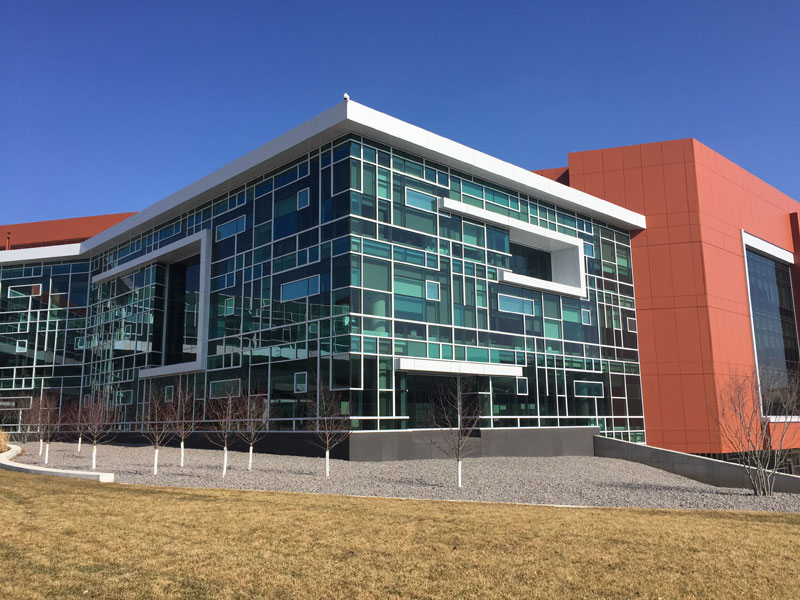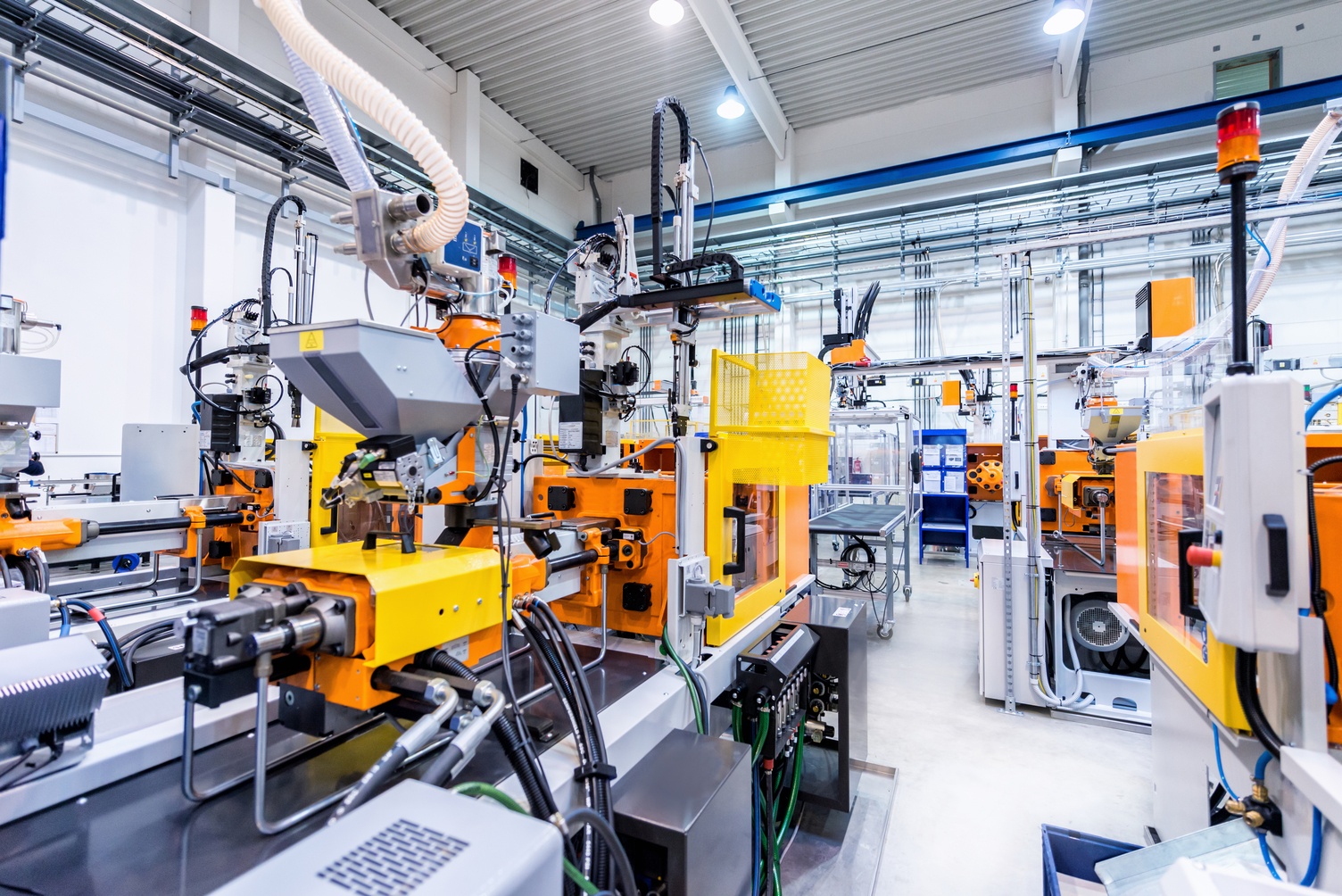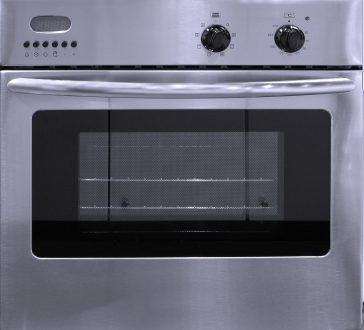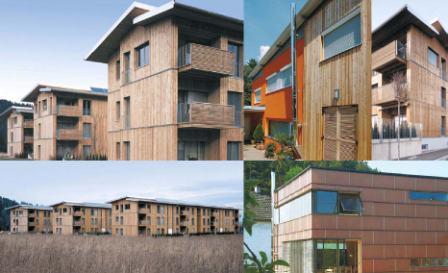Enhanced Product Aesthetics

Enabling The Products of Tomorrow
The product designers of tomorrow look to the adhesive and sealant industry to bring their cutting-edge imaginative products to life! These innovators are constantly pushing the envelope of form WITH function. Designers use new cutting-edge materials that enable their designs to be mass produced.
These materials and the designer’s dreams demand unique bonding and sealing solutions in order to deliver the incredibly fluid and beautiful products introduced each year. Adhesives allow product integrity while being incredibly pleasing to the eye. These products must not only look good but they must provide superior functionality, durability and reliability. Adhesives and sealants make the impossible possible.
Five unique ways adhesives & sealants enhance product aesthetics…

Eliminates corrosion associated with metal fasteners.
Windows
Market: Building and Construction
Application Area: Exterior/Interior Cladding & Fenestrations
Specific Applications Include:
Structural Window Glazing – Refers to the use of specially formulated silicone sealants which bond glass, metal, stone or other infill panels to framing members. Previously, windows and architectural panels were adhered to a building’s structure via mechanical retention techniques which often times resulted in corrosion between dissimiliar metals.

Eliminates pull-through and dimpling of visibile panels.
Windows
Market: Building and Construction
Application Area: Exterior/Interior Cladding & Fenestrations
Specific Applications Include:
Structural Window Glazing – Refers to the use of specially formulated silicone sealants which bond glass, metal, stone or other infill panels to framing members. Previously, windows and architectural panels were adhered to a building’s structure via mechanical retention techniques which often times resulted in corrosion between dissimiliar metals.


Eliminates screw/rivet heads and harm to painted/finished surfaces.
Industrial Equipment
Market: Assembly (Rigid)
Application Area: Machinery
Specific Applications Include:
Power Supply Housing
Windows
Market: Building and Construction
Application Area: Exterior/Interior Cladding & Fenestrations
Specific Applications Include:
Structural Window Glazing – Refers to the use of specially formulated silicone sealants which bond glass, metal, stone or other infill panels to framing members. Previously, windows and architectural panels were adhered to a building’s structure via mechanical retention techniques which limited architecutral design.
Flooring
Market: Building and Construction
Application Area: Flooring
Specific Applications Include:
Flooring Adhesives – a more visually appealing method of installation was established after the beginning of the 20th century, where flooring was typically nailed.


Eliminates distortion or discoloration of parts caused by thermal joining methods.
Stoves
Market: Assembly (Rigid)
Application Area: Appliances
Specific Applications Include:
Stainless Steel Door Assembly
Windows
Market: Building and Construction
Application Area: Exterior/Interior Cladding & Fenestrations
Specific Applications Include:
Structural Window Glazing – Refers to the use of specially formulated silicone sealants which bond glass, metal, stone or other infill panels to framing members. Previously, windows and architectural panels were adhered to a building’s structure via mechanical retention techniques which limited architecutral design.
Shipping Containers
Market: Transporation
Application Area: Assembly
Specific Applications Include:
Aluminum Corner Posts for Shipping Containers

Facilitates tight bonds between close fitting surfaces; avoids unwanted visible joint line.
Windows & Architectural Panels
Market: Building and Construction
Application Area: Exterior/Interior Cladding & Fenestrations
Specific Applications Include:
Structural Window Glazing – specially formulated silicone sealants which bond glass, metal, stone or other infill panels to framing members. Previously, windows and architectural panels were adhered to a building’s structure via mechanical retention techniques which limited architecutral design.

